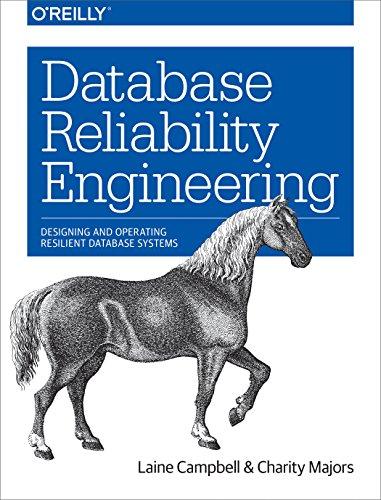Question
1: Compare every element in the list with every other element in the list using nested loops. Sort the list using bubble sort, then determine
-
1: Compare every element in the list with every other element in the list using nested loops. Sort the list using bubble sort, then determine if there are duplicates by comparing each item with the item that follows it in the list (if there are duplicates in the original list, they must be neighbors in the sorted list).
-
Solution 2 Sort the list using merge sort (recursive), then determine if there are duplicates by comparing each item with the item that follows it in the list.
-
Solution 3 Take advantage of the fact that the range of the integers in the list is fixed (0 to m, where m is the largest ID you can find in the linked list). Use a boolean array seen of length m+1 to indicate if elements in the array have been seen before. Then determine if there are duplicates by performing a single pass through the unsorted list. Hint: while traversing the list, seen[item] = True if integer item has been seen before in the search.
-
Solution 4: Test code goes here - Use this code cell to call the methods you wrote in. The previous code cells. You can think of this code cell as your *main* cell
Determine the big-O running time of each of the previous solutions (1 to 4). Illustrate your results by means of plots and/or tables. Create your own activision.txt and vivendi.txt files to perform this analysis.
class LinkedListNode:
def __init__(self, item, next=None):
self.item = item
self.next = next
class LinkedList:
def __init__(self):
self.clear()
def clear(self):
self.head = None
self.tail = None
self.size = 0
def is_empty(self):
return self.size == 0
def append(self, item):
new_node = LinkedListNode(item=item)
if self.is_empty():
self.head = new_node
self.tail = new_node
else:
self.tail.next = new_node
self.tail = new_node
self.size += 1
def prepend(self, item):
self.head = LinkedListNode(item=item, next=self.head)
if self.is_empty():
self.tail = self.head
self.size += 1
def insert(self, idx, item):
if idx < 0 or idx > self.size:
raise Exception("Cannot insert -Index out of bounds")
elif idx == 0:
self.prepend(item=item)
elif idx == self.size:
self.append(item=item)
else:
new_node = LinkedListNode(item=item)
temp = self.head
for _ in range(idx - 1):
temp = temp.next
new_node.next = temp.next
temp.next = new_node
self.size += 1
def remove_first(self):
if self.is_empty():
raise Exception("Cannot remove - list is empty")
elif self.size == 1:
self.clear()
else:
self.head = self.head.next
self.size -= 1
def remove_last(self):
if self.is_empty():
raise Exception("Cannot remove - list is empty")
elif self.size == 1:
self.clear()
else:
temp = self.head
while temp.next.next:
temp = temp.next
temp.next = None
self.tail = temp
self.size -= 1
def remove(self, idx):
if self.is_empty():
raise Exception("Cannot remove - list is empty")
elif idx < 0 or idx >= self.size:
raise Exception("Cannot remove - Index out of bounds")
elif idx == 0:
self.remove_first()
elif idx == self.size - 1:
self.remove_last()
else:
temp = self.head
for _ in range(idx - 1):
temp = temp.next
temp.next = temp.next.next
self.size -= 1
def get(self, idx):
if idx < 0 or idx >= self.size:
raise Exception("Cannot retrieve - Index out of bounds")
elif idx == 0:
return self.head.item
elif idx == self.size - 1:
return self.tail.item
else:
temp = self.head
for _ in range(idx):
temp = temp.next
return temp.item
def __str__(self):
out_lst = []
temp = self.head
while temp:
out_lst.append(str(temp.item))
out_lst.append(' ')
temp = temp.next
return ''.join(out_lst)
Step by Step Solution
There are 3 Steps involved in it
Step: 1

Get Instant Access to Expert-Tailored Solutions
See step-by-step solutions with expert insights and AI powered tools for academic success
Step: 2

Step: 3

Ace Your Homework with AI
Get the answers you need in no time with our AI-driven, step-by-step assistance
Get Started


